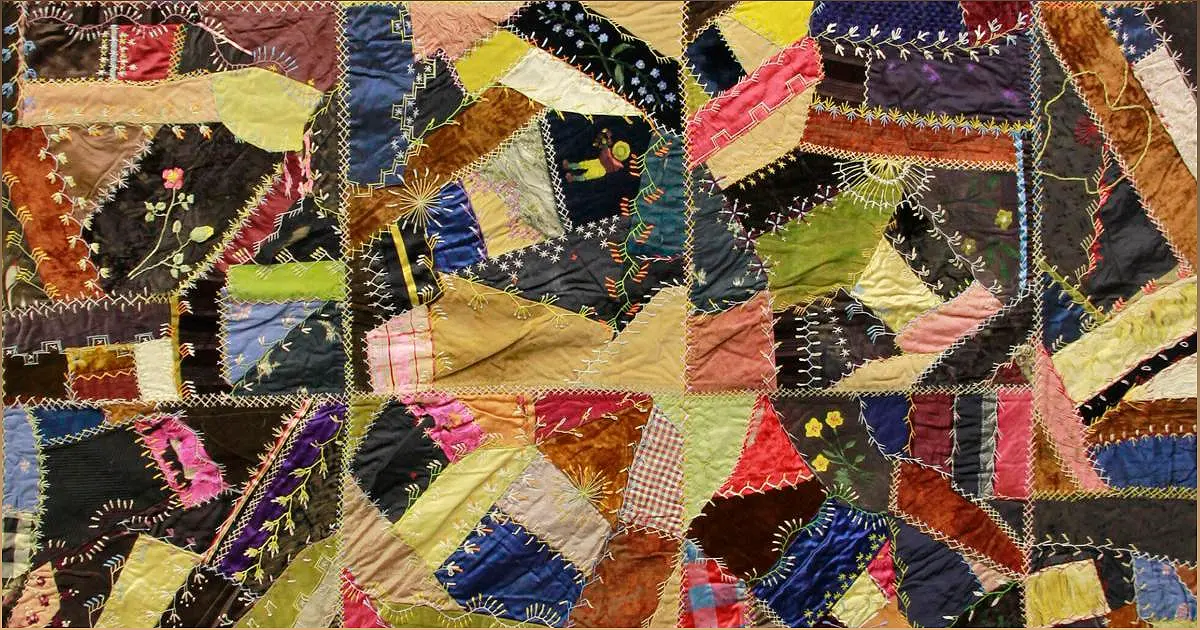Welcome to a journey through the vibrant world of folk embroidery, where needle and thread intertwine to create a tapestry of cultural heritage. In this article, we will delve into the history, techniques, and captivating stories behind this often overlooked form of artistic expression. Join me as we unravel the threads of tradition and explore the rich tapestry of folk embroidery.
Unveiling the Origins of Folk Embroidery
Explore the rich history and cultural significance of folk embroidery
Folk embroidery is a timeless art form that has been passed down through generations, weaving together the stories and traditions of different cultures. Dating back thousands of years, this form of artistic expression has evolved and adapted, reflecting the unique heritage of each community.
From the ancient hand-stitched embellishments on clothing to the intricate patterns found in traditional textiles, folk embroidery serves as a window into the past, offering insights into the daily lives, beliefs, and values of our ancestors.
Join me as we embark on a journey through time, unraveling the origins and evolution of folk embroidery, and discovering the fascinating stories behind this captivating art form.
The Techniques and Styles of Folk Embroidery
Dive into the diverse techniques and styles that define folk embroidery
Folk embroidery encompasses a wide range of techniques and styles, each with its own unique characteristics and cultural significance. From delicate cross-stitch to intricate beadwork, the possibilities are endless.
Traditional Stitches and Patterns
One of the defining features of folk embroidery is the use of traditional stitches and patterns that have been passed down through generations. These stitches, such as the satin stitch, chain stitch, and feather stitch, create intricate motifs and designs that are specific to each region or community.
Regional Variations
Every culture has its own distinct style of embroidery, influenced by local traditions, materials, and techniques. From the vibrant floral motifs of Mexican Otomi embroidery to the geometric patterns of Hungarian Kalocsa embroidery, each region's embroidery tells a unique story.
Incorporating Local Materials
Folk embroidery often incorporates locally sourced materials, such as natural fibers, threads, and dyes. These materials not only add authenticity to the artwork but also reflect the connection between the artist and their environment.
Preserving Tradition: The Role of Folk Embroidery in Cultural Heritage
Discover how folk embroidery preserves cultural heritage and fosters community
Folk embroidery plays a vital role in preserving cultural heritage and fostering a sense of community. Through the act of creating and sharing embroidery, traditions are passed down from one generation to the next, ensuring that cultural knowledge and skills are not lost.
Community Bonding and Identity
Embroidery often brings communities together, providing a space for social interaction, storytelling, and celebration. In many cultures, embroidery is a communal activity, where individuals gather to stitch, share stories, and connect with their roots.
Revitalizing Traditional Practices
In an increasingly globalized world, folk embroidery serves as a way to revitalize and celebrate traditional practices. By embracing their cultural heritage and incorporating it into contemporary designs, artisans breathe new life into ancient techniques, ensuring their survival for future generations.
The Contemporary Significance of Folk Embroidery
Explore how folk embroidery continues to inspire and influence modern art and design
While rooted in tradition, folk embroidery has also found its place in the contemporary art and design world. Artists and designers draw inspiration from folk embroidery techniques and motifs, incorporating them into their work to create unique and culturally rich pieces.
Artistic Expression and Innovation
Folk embroidery provides a platform for artistic expression and innovation. Artists experiment with new materials, techniques, and styles, pushing the boundaries of traditional embroidery while still honoring its roots.
Cultural Exchange and Appreciation
Through exhibitions, collaborations, and cultural exchanges, folk embroidery promotes cross-cultural understanding and appreciation. It serves as a bridge between different communities, fostering dialogue and celebrating the diversity of our world.

